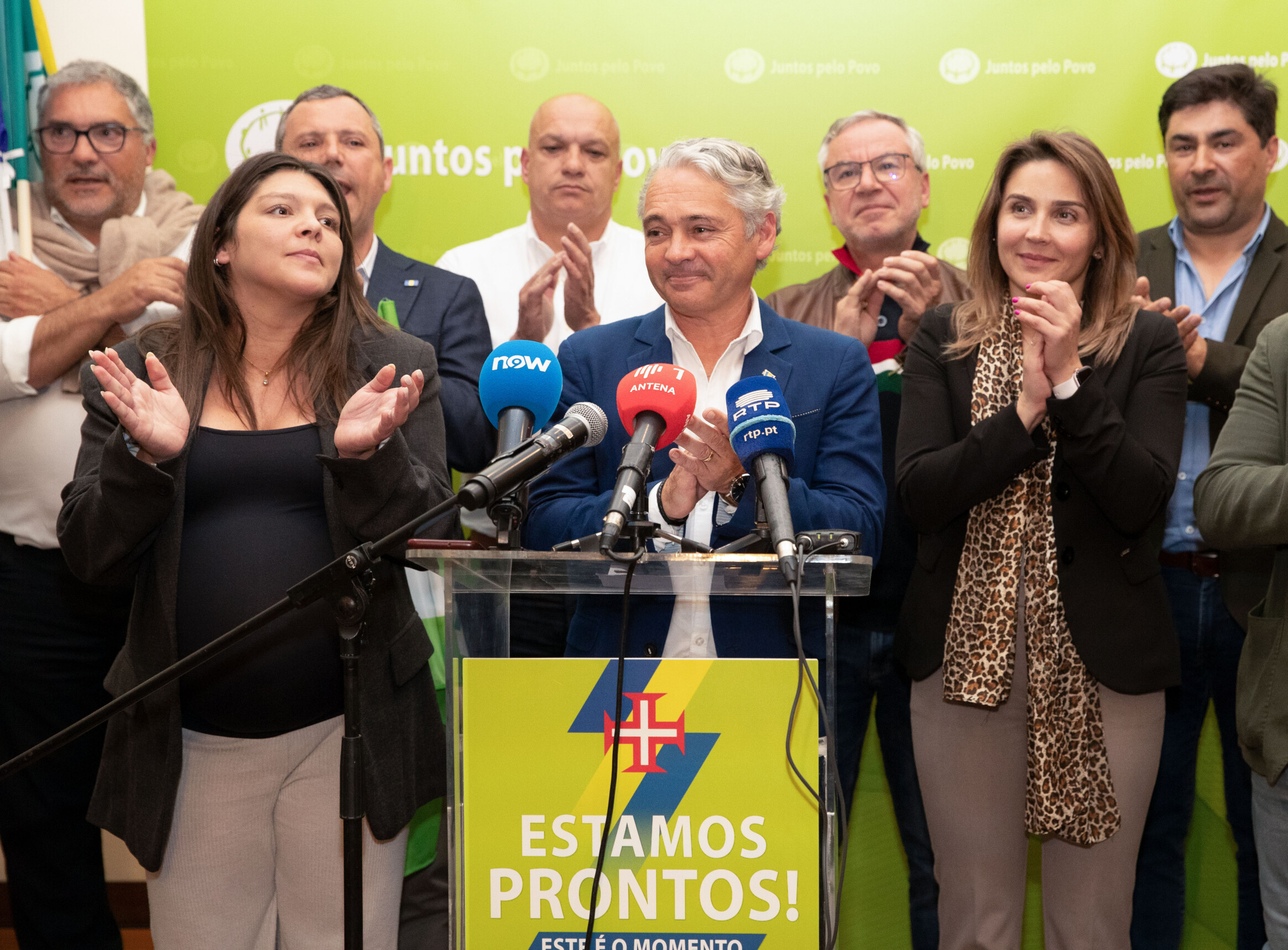Summary:
Significant disparities in social support for students in Lisbon and Porto revealed.
In Lisbon, over 50% of schools benefit from Social Action.
91% of students at one Lisbon school receive Social Action.
In Porto, 77% of students at one school benefit from Social Action.
Secondary education shows varying support levels in both cities.
Disparities in Social Support for Students in Lisbon and Porto
A recent report from the Directorate-General for Statistics of Education and Science (DGEEC) has unveiled significant asymmetries between public schools in Lisbon and Porto regarding students benefiting from Social Action. The proportion of students receiving Social Action varies dramatically, ranging from 10% to 70%, and is closely linked to the educational level of their mothers.
In Lisbon, out of 82 schools analyzed, over 50% benefit from support, with at least five schools reporting more than 80% of their students receiving Social Action. The analysis covered the 2022-2023 academic year for public primary and secondary education. The report highlights, “We can find schools that are geographically close, but very distant socially.” Lisbon shows a worse situation compared to Porto.
Key Findings
- In Lisbon's 1st Cycle, 91% of students at one school benefit from Social Action, while another has only 7%. The respective percentages of mothers without secondary education are 85% and 3%.
- For the 2nd Cycle, the proportion varies from 81% to 7%, and for the 3rd Cycle, it ranges from 76% to 5%. There exists a group of schools where nearly all mothers have completed secondary education, contrasting sharply with schools where only 8% or fewer have completed basic education.
- In Porto, the 1st Cycle shows a similar pattern, with one school having 77% of students benefiting from Social Action and another only 7%. Here, 89% of mothers lack secondary education in the first case and 1% in the latter.
- The 2nd Cycle shows percentages between 80% and 12%, and the 3rd Cycle between 75% and 8%. In Porto, 37% or more of students in 46 schools receive Social Action, with six schools reporting 70% of students in need.
In secondary education, the percentage of students benefiting from Social Action in Professional Courses ranges from 56% to 12% in Lisbon and 69% to 29% in Porto. For Scientific-Humanistic Courses, the range is 45% to 5% in Lisbon and 41% to 12% in Porto.










Comments
Join Our Community
Create an account to share your thoughts, engage with others, and be part of our growing community.